How does drafting work in triathlon?
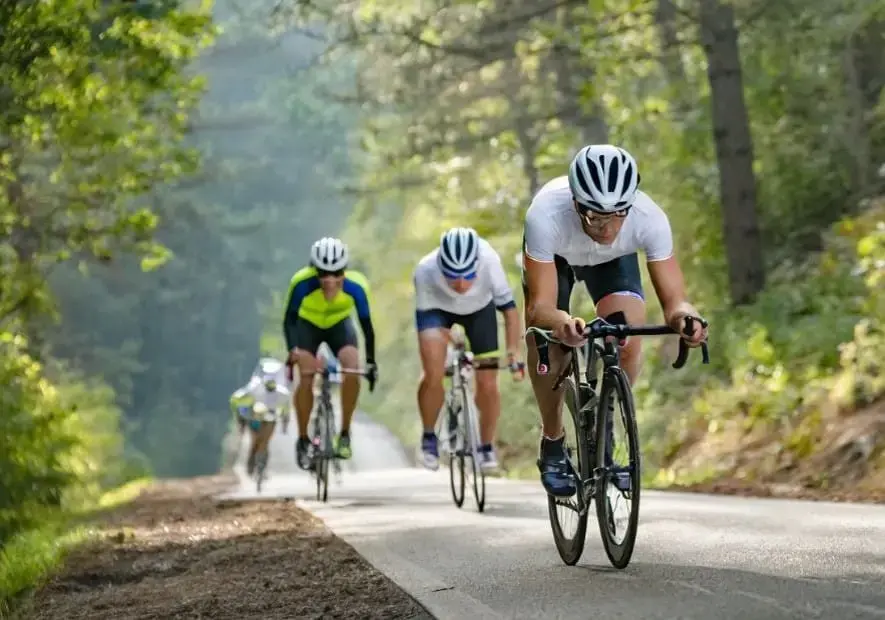
- 1. Understanding the Basics of Drafting in Triathlon
- 2. The Technical Aspect of Drafting in Triathlon
- 3. How to Master Drafting in Triathlon
- 4. The Rules and Ethics of Drafting in Triathlon
- 5. The Impact of Drafting on Triathlon Performance
1. Understanding the Basics of Drafting in Triathlon
Drafting in triathlon, a technique often overlooked, is pivotal for athletes striving for a competitive edge. Essentially, it involves strategically positioning oneself behind another athlete, typically during the cycling segment. This intriguing tactic serves to reduce wind resistance, leading to less expended energy and an overall quicker race time. Fundamental to grasp, yet challenging to master, drafting introduces an intricate layer of strategic planning into the athletic triathlon milieu. However, incorrect or poor application of drafting principles may result in penalties, crashes, or wasted energy. As such, understanding the basics of drafting is the first step in harnessing its power to your advantage in the triathlon arena.
- Defining Drafting in the Triathlon Context
In the realm of the triathlon, the term drafting is often tossed around, but some amateur athletes may not fully grasp its definition or implications. The simple explanation is that drafting is a tactical skill employed in cycling and swimming parts of the triathlon. It involves strategically positioning oneself behind another athlete to leverage the reduced wind or water resistance created by the leading athlete's forward motion. As a result, the athlete performing the drafting can save energy by utilizing the slipstream effect and thus conserve their stamina for later stages of the race. Understanding drafting in this context is pivotal because it is more than just shadowing the athlete ahead. It's about recognizing opportunities, making conscious decisions to draft when it's most beneficial, and maneuvering skillfully within the bunch. More importantly, it requires an in-depth comprehension of the race dynamics, your competitors' behavior, and your own capabilities. Hence, drafting isn’t merely a physical game; it's a mental game as well—involving strategy, precision, and daring. Drafting may seem trivial for the uninitiated, but in the high-stakes, energy-draining world of triathlon, every saved watt matters. And it could mean the difference between standing on the podium and merely finishing the race. Remember, though, drafting isn't just a free ride; it's a complex strategic decision that can make or break a triathlon performance.
- The Importance of Drafting in Triathlon
Understanding the importance of drafting in a triathlon is vital to enhancing your performance as a competitor. When perfectly executed, drafting allows you to conserve energy and increase your race speed without expending too much effort. Energy conservation plays a significant role in triathlon competitions. Expending energy efficiently is a must, considering that the race consists of swimming, cycling, and running segments. Drafting is indeed a strategic approach that can help you maintain your stamina across these three disciplines. Moreover, drafting allows the racer to create an 'aero position', which can significantly reduce wind resistance. It's a technique where you strategically position yourself behind another competitor, creating a slipstream effect and allowing you to move faster with less effort. This directly enhances your race times, both for individual segments and overall results. Every energy-conserving strategy, like drafting, can create a major difference when it comes to long-endurance competition such as triathlons. However, it's essential to note that despite its numerous benefits, drafting should not be used to gain an unfair advantage over other competitors. The ethics of the sport demand that drafting is used in an appropriate and fair manner. Furthermore, mastering this effective technique requires understanding its rules, technicalities, and safety considerations. In conclusion, the importance of drafting in triathlon cannot be understated - it’s a critical component that can greatly impact your efficiency and performance in the race.
2. The Technical Aspect of Drafting in Triathlon
Understandably, the complex technicality behind drafting in a triathlon might seem quite intimidating at first. At its core, the magic of drafting lies in the principles of physics. It reduces wind resistance, thus allowing the athlete to conserve energy. However, drafting is not just about leveraging aerodynamics; it's also about prioritizing safety. An effective "draftee" must maintain a safe distance from the lead athlete to avoid collision. But this isn't just about safety; it also aids in strategic positioning, allowing the "draftee" to save power for the final sprint. Remember, while exploiting the benefits of drafting, always stay alert of your surroundings.
- Physics Behind Drafting
The topic at hand, the Physics Behind Drafting, is truly intriguing and it underscores the fascinating relationship between sports and science. When we talk about drafting in a triathlon, we're entering into a domain where the principles of fluid dynamics come into play. What is the idea here? The leader, or the person in front, displaces the air, creating a 'slipstream' or region of lower pressure directly behind them. This creates a 'pulling' effect for the athlete following the leader. Essentially, the follower can maintain the same speed as the leader but with considerably less effort, thanks to the reduction in wind resistance, commonly referred to as 'draft'. It could be visualized like the leader cutting through a tough cake, making it easier for the follower to take a slice. Stunningly, the efforts can be reduced by up to 30%! So, in a triathlon, being a smart 'drafter' can allow an athlete to save substantial energy during the race, energy that can be critical in the concluding stages. However, mastering this art requires excellent understanding of positioning, timing, and how wind direction affects drafting. But remember, while the science of drafting might seem like a ticket to easy rides, it's our responsibility as athletes to respect the spirit of competition and adhere to the official guidelines.
- The Safety Considerations of Drafting
The dynamic intricacies of drafting in triathlon go beyond just understanding its rules and strategies. A pressing concern that we simply cannot overlook is the safety considerations when drafting. It's necessary to approach this technique with a proper understanding of its potential risks. After all, one wrong move could lead to accidents on the race track. While drafting can be a game-changer in improving your timings, it's essential to navigate it safely and responsibly. How close should you be to the cyclist in front of you? What kind of factors should you account for while maintaining this proximity? Well, generally, it's recommended to maintain a distance of at least 7 meters from the front wheel of the cyclist ahead of you. This distance ensures you have ample space and time to react in case of sudden stops or hasty maneuvers. However, it's crucial to note that triathlons often occur in varying conditions. The wind direction, road surface, and weather conditions can influence your drafting tactics. Therefore, safe drafting involves understanding these variables and adjusting your technique accordingly. Remember, responsible and conscious drafting not only ensures your personal safety but also promotes fair play amongst competitors in the high adrenaline environment of a triathlon.
3. How to Master Drafting in Triathlon
Mastering the art of drafting in triathlon is a game-changer that can potentially transform your performance on race day. Initially, you need to discern the perfect positioning that paves the way for effective drafting. Ideally, this means aligning yourself directly behind or diagonally behind another athlete to exploit their slipstream. The key is to maintain an optimal distance without compromising your safety. Furthermore, understanding the wind direction can significantly influence your drafting strategy. For instance, if the wind is blowing from the left, position yourself on the right of the competitor to maximize your drafting potential. Drafting is an acquired skill, hence practice is indispensable. Always remember, drafting goes beyond merely following in the wake of another triathlete; it's about finding the sweet spot where you burn less energy yet move faster. Is it easy? No. Is it worth it? Absolutely.
- Proper Positioning for Effective Drafting
Understanding the proper positioning for effective drafting in a triathlon is crucial for leveraging its benefits. Positioning yourself directly behind another competitor, at a safe and legal distance, can offer substantial energy savings. The lead athlete, or 'draftee,' essentially breaks the air resistance (also known as the draught), creating a 'slipstream' where less effort is required to maintain speed. The objective here is to find the 'sweet spot,' which can typically be located about two to three feet behind the lead cyclist. The pivotal trick here is to remain inside that streamline while avoiding contact with the draftee. Given the varying conditions of each race and the continuous movement, maintaining the perfect draft position can be quite a challenge. Turning drafting into an opportunity rather than a risk involves timing, skill, and a good understanding of drafting mechanics. So, in a nutshell, mastering the art of effective drafting can take your performance to the next level, boosting your endurance, and providing you a significant competitive edge in triathlon races.
- Reading and Understanding the Wind
Understanding the wind's movement and how it interacts with your speed and position in a race is a significant part of mastering drafting in triathlon. Learning to read and interpret wind patterns can mean the difference between struggling against the elements, draining your energy, and seamlessly gliding through the race. Wind reading goes beyond merely figuring out which way the wind is blowing. Triathlon athletes keenly feel this element at all times and align their strategies accordingly. Understanding the wind also involves recognizing the changes it can cause on the water and the effects it can have on your speed on the cycle section. Indicators such as trees, flags, and even the feeling of the wind on your face can provide vital clues about wind direction and intensity. As you gain experience, you'll learn how to use the wind as a tool to aid your performance rather than viewing it as an adversary standing between you and the finish line. Remember, reading wind accurately is not just about mapping out the direction. It involves making swift and precise adjustments in your positioning and technique in real-time. So, focus on honing this skill, as it is a significant component of drafting in a triathlon, one that can dramatically enhance your performance and give you an undeniable edge over competitors.
4. The Rules and Ethics of Drafting in Triathlon
"The Rules and Ethics of Drafting in Triathlon" remains a significant cornerstone in ensuring fairness in the race. Regulated by the International Triathlon Union (ITU), the rules stipulate precise guidelines on when and where drafting is permissible. However, let's not mistake rules for ethics. They can set boundaries, but ethics govern player conduct. So, it's not just about smartly maneuvering the waves, air, or terrain, but it's also respecting fellow triathletes' space and effort. Strive for that balance, where strategic drafting beautifully intertwines with the respect for competition and fairness. Master this, and you're one step closer to becoming a true triathlete.
- International Triathlon Union’s Drafting Rules
In the exciting and competitive world of triathlon, rules for drafting are established and overseen by the prestigious International Triathlon Union (ITU). These serve as a guiding principle to ensure every competitor gets an equal footing. Key among these rules is the staggering of positioning during the cycling phase. The ITU has a stipulation that competitors must keep a distance of twelve meters between the bikes. It’s their ingenious way of encouraging self-propulsion and minimizing wind-shielding effects. Moreover, athletes are allowed a time window of 20 seconds to pass this space. Failure to do so swiftly, they risk themselves falling in the much-loathed category of ‘drafting,’ and subsequently, incurring penalty. The ITU also clarifies that overtaking should be done to the right side of the bike ahead, an instruction meant to keep the competition orderly and safe. These rules aren't just about fairness and safety, they are about maintaining the essential essence of a triathlon. Hence, a deep comprehension of the ITU's drafting rules doesn’t merely minimize possible penalties but also nurtures a triathlete's strategic capacities, refining their competitive edge and boosting performance levels on D-day. It’s crucial for all competitors to acquaint themselves thoroughly with these rules to avoid inadvertent non-compliance.
- Ensuring Fair Play: Drafting Ethics
In the dynamic world of triathlon, it's essential to uphold the spirit of the sport and ensure fair play, especially when it comes to drafting. Abiding by the ethical standards set out by the International Triathlon Union, participants are expected to display sportsmanship and integrity. The art of drafting, although technical, should never provide an unfair advantage to any triathlete. Just as crucial it is to master correct positioning for effective drafting, it's equally important to respect the drafting zones of other competitors. But why is this significant? Primely because, appropriate drafting not only levels the playing field but stomps out possibilities of clashes and pile-ups, keeping the safety of all participants intact. Also, being aware of another triathlete’s space upholds and inculcates respect for all participants, allowing a healthier competition. Moreover, breaching these drafting ethics can result in disqualification which is an unwanted setback for any triathlete. After all, triathlon is more than just a race; it's a testament to endurance, fairness, and the human spirit. So, remember, when you're on that racecourse, let your stamina open doors and not unethical drafting. Triumphant or not, let's keep the spirit of fair play alive.
5. The Impact of Drafting on Triathlon Performance
Drafting in triathlon can drastically impact athlete performances by enhancing stamina and efficiency. This technique, when utilized correctly, can save significant energy by reducing wind resistance, allowing you to sustain higher speeds for longer periods. It's about understanding how to position yourself strategically behind another triathlete, converting their effort into your advantage. Additionally, smart drafting strategies can shave crucial seconds off your race time. Essentially, being a skilled drafter can provide a competitive edge, making the difference between standing on the podium or blending with the crowd. Remember, drafting isn't just about following, it’s a calculated art form that can revolutionize your triathlon performance.
- Boosting Stamina and Efficiency
Understanding the underlying factors that influence your stamina and efficiency in a triathlon can significantly upgrade your performance. Essentially, drafting plays a pivotal role in this improvement. Drafting is a strategy often employed by athletes where the competitor swims, cycles, or runs closely behind their competitor. This technique reduces wind resistance and saves energy, thus increasing stamina. As you glide right behind another athlete, you move into their slipstream, diminishing the air resistance you'd otherwise encounter. This slipstream effect can enhance your efficiency by almost 30%. Imagine what a game-changer this could be in a race where every second counts? It's all about finding the balance - too close could result in penalties, too far and you lose the slipstream benefit. Mastering drafting could be the difference between hitting energy fatigue and finishing strong. Moreover, this strategy can be a true function of a competitor's speed. Next time, before you sprint off full steam ahead, consider the energy-depleting effect of wind resistance and ponder the benefits of drafting. Remember, triumph in triathlon is not just about going fast, but also about going smart.
- Drafting Strategies to Improve Race Times.
If you truly want to improve your triathlon race times, mastering the art of drafting is non-negotiable. Drafting strategies hinge on the thoughtful technique of placing yourself behind another competitor to conserve energy. You get into their slipstream, taking advantage of the reduced wind resistance. This gets even better when the pace ticks up. How so? Basically, the higher the speed, the more significant the drafting benefit. But remember: while drafting, make sure your transitions are smooth. You don't want to lose the ground you've gained. Also, reading your opponents' body language is a key part. Does their stride or pedal stroke looks a bit off, weary? Well, time to break away. Yes, it's a strategy with some risk; if you fail to create a sizable gap, the athletes behind you may draft and save energy. But if you succeed, you could leave them gasping and struggling to keep up. But remember, improving race times isn't only about cutting through the wind or carefully timing breakaways. It's about patience, discipline and making calculated decisions. So, train smart, draft smarter, and see your race times drop like a stone.
Drafting in triathlons is an essential skill hinged on the understanding of its physics and technical aspects. Knowing the right position and reading the wind can help in mastering it efficiently. While regulations guide this process to ensure fair play, adhering to these rules and ethics is equally important. Ultimately, mastering drafting can significantly boost a triathlete's stamina, efficiency, and also improve race times, giving them a competitive edge in this demanding sport.
```html
What is drafting in a triathlon?
Drafting in triathlon is a strategic move where an athlete stays close behind (about three bike lengths) another to reduce wind resistance, thereby saving energy.
What is the physics behind drafting?
The physics behind drafting lies in the principle of aerodynamics; the leading athlete creates a slipstream or 'draft' that the following athlete can use to reduce physical exertion.
How to master drafting in triathlon?
To master drafting, athletes need to maintain an optimal position, staying close enough to take advantage of the reduced wind resistance but not too close to risk collision. Additionally, understanding wind direction and speed can help plan effective drafting strategies.
What are the rules of drafting in triathlon?
The International Triathlon Union permits drafting, but only in some races. Rules stipulate the minimum distance that athletes must maintain to avoid penalties. Upholding these rules ensures an even playing field and sportsmanship among athletes.
How does drafting impact triathlon performance?
Drafting significantly improves triathlon performance by conserving the athlete's energy during the biking stage, allowing them to expend more during running or swimming stages. Deploying smart drafting strategies can therefore lead to improved race times.
```


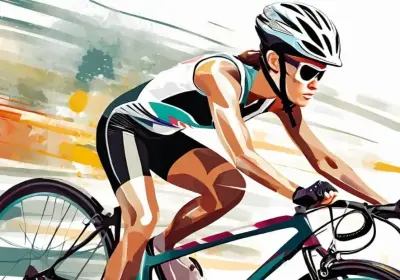
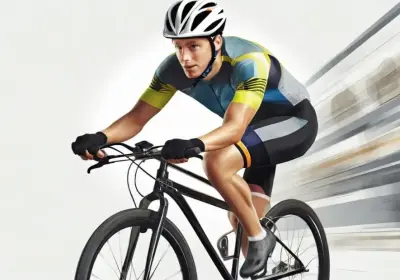
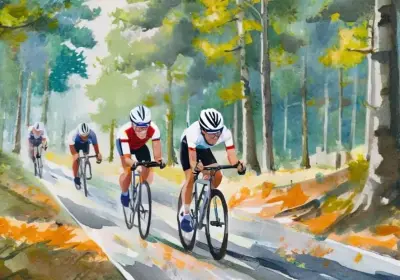
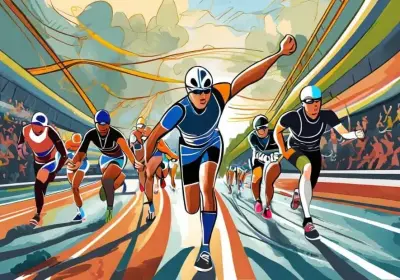
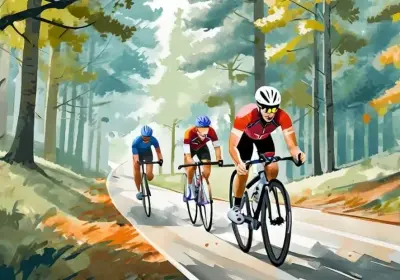
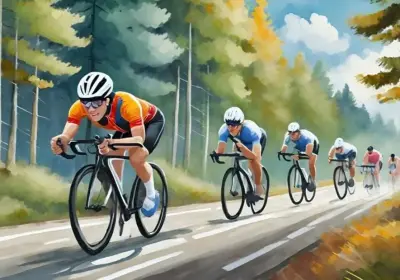
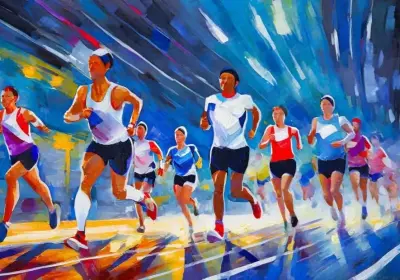

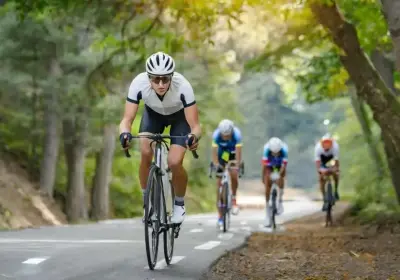

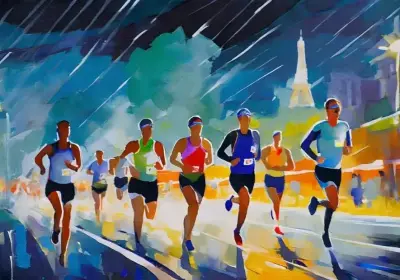
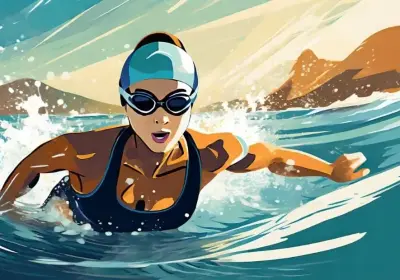
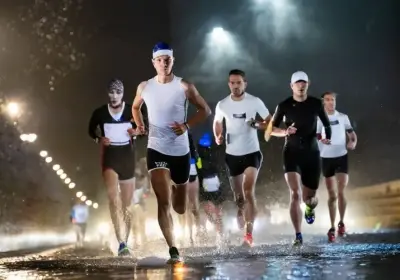
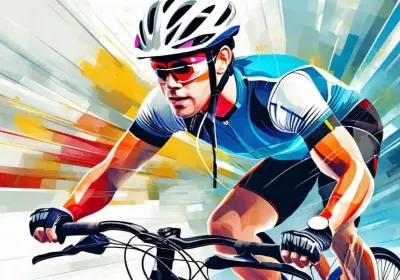
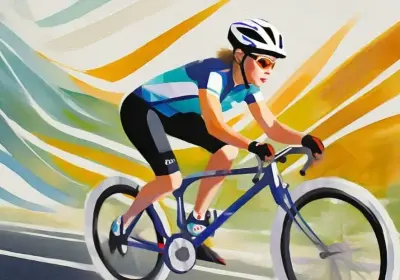
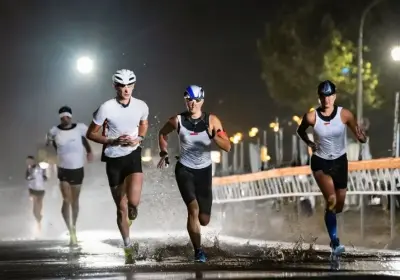
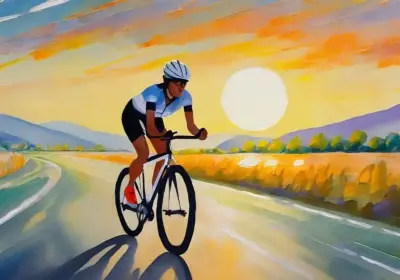


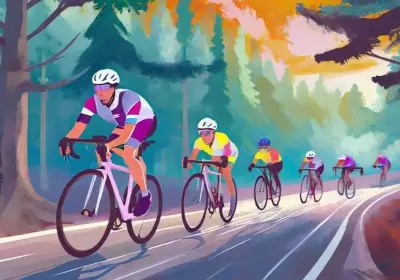
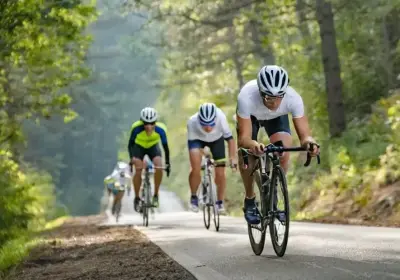

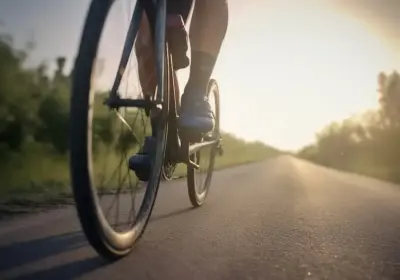
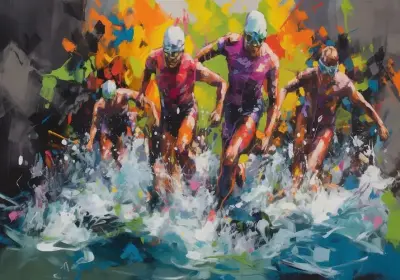
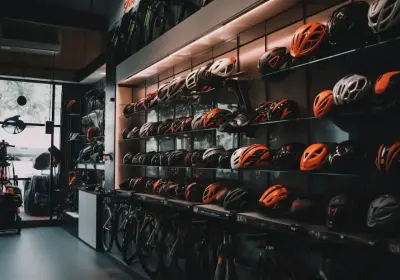
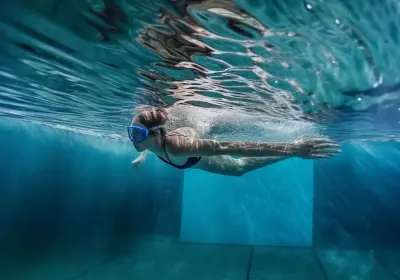
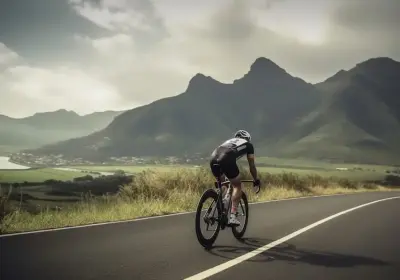
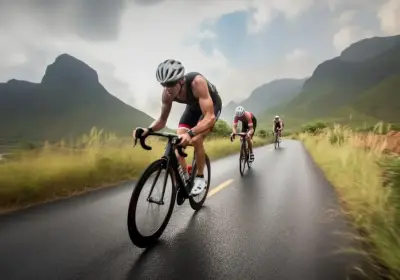






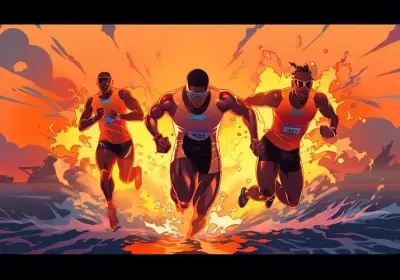

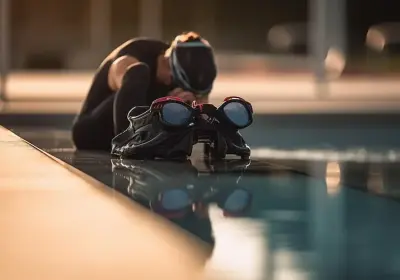
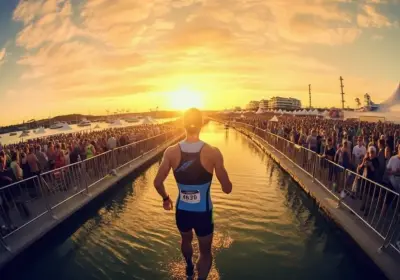



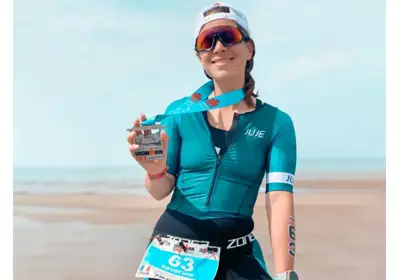


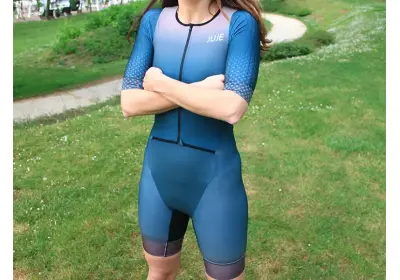

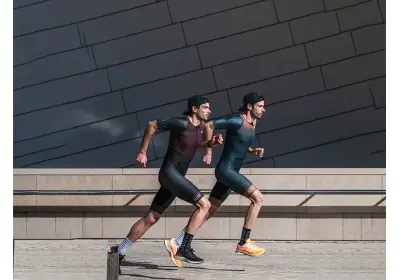
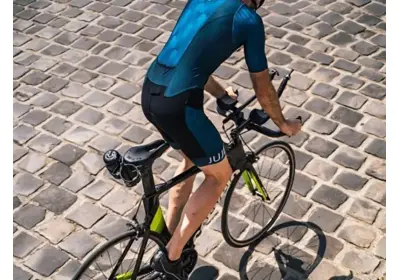
Leave a comment